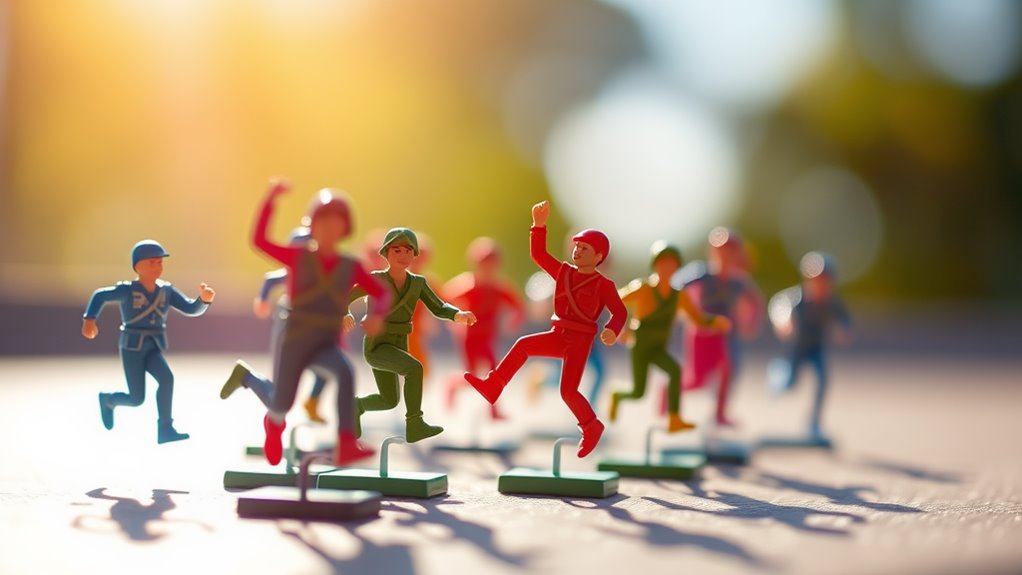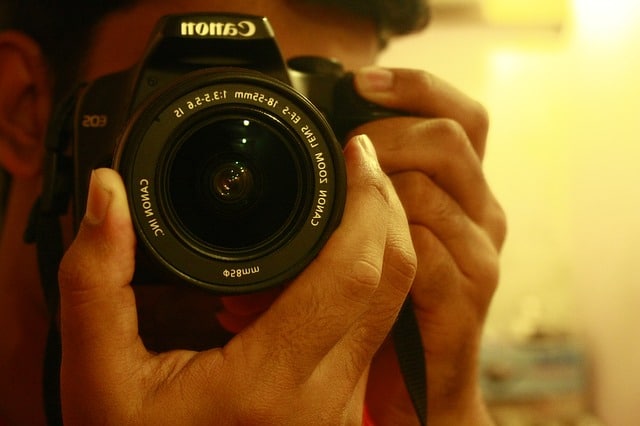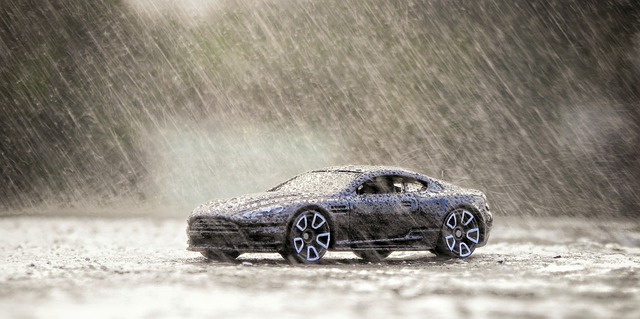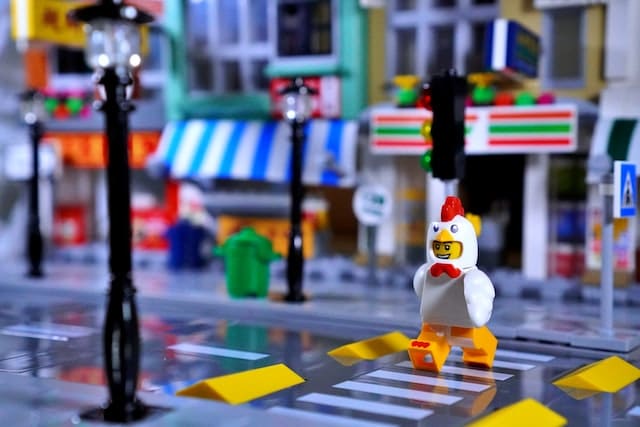When capturing toys, it's crucial to master shutter speed for sharp and vibrant results. Use fast shutter speeds, between 1/500s and 1/1000s, to freeze motion and get crisp details in action scenes. For creative effects like motion blur, experiment with slower speeds around 1/60s, but be mindful of stability. Adjust lighting or ISO to balance exposure. Perfecting shutter speed elevates your toy photography, offering stunning, dynamic images. Stay tuned to explore more insights!
Understanding Shutter Speed in Toy Photography
When you're diving into toy photography, understanding shutter speed is essential for capturing the perfect shot. Shutter speed refers to how long your camera's shutter remains open when you take a photo. It directly affects the exposure and motion blur in your images. A fast shutter speed, like 1/1000 of a second, freezes motion, ideal for action scenes. Conversely, a slow shutter speed, such as 1/30 of a second, introduces motion blur, which can add a sense of movement to your photos.
To master shutter speed, experiment with different settings. Practice in various lighting conditions and with different toy subjects. Adjust based on what you want to convey in your image, whether it's a crisp, still scene or an action-packed moment.
The Role of Shutter Speed in Capturing Toy Details
When capturing toy details, shutter speed plays an essential role in freezing motion and enhancing textures. You'll want to use faster shutter speeds to capture the intricate details of moving parts without any blur. On the other hand, slightly slower speeds can bring out the rich textures, adding depth to your toy photography.
Freezing Motion in Toys
Capturing the intricate details of toys while freezing motion is vital for creating dynamic and engaging photographs. You can achieve this by mastering your camera's shutter speed settings. A fast shutter speed, like 1/500th of a second or quicker, is essential for freezing action, especially when photographing toys in motion, like a toy car racing down a track or an action figure mid-leap. By choosing a high shutter speed, you guarantee that every tiny detail is crisp, giving life to static subjects. It stops any blur, preserving the sharpness you need to highlight those small but significant features. Experiment with various speeds to see what works best for your specific toy scenarios, always keeping an eye on lighting to maintain proper exposure.
Enhancing Toy Textures
Achieving the perfect shot of a toy's texture often hinges on the right shutter speed. When you aim to capture intricate details, a slower shutter speed can be your friend. It allows more light to hit the sensor, revealing minute textures and patterns that might otherwise go unnoticed. However, don't go too slow, or you risk motion blur if your camera isn't steady.
Using a tripod helps maintain clarity. Start with 1/60 second and adjust based on lighting and toy material. A faster speed might be needed for shiny surfaces to prevent glare. Remember, every toy is different. Experimenting with various shutter speeds gives you the best chance to highlight those unique textures that bring your toy photography to life.
Slow Shutter Speeds for Creative Toy Shots
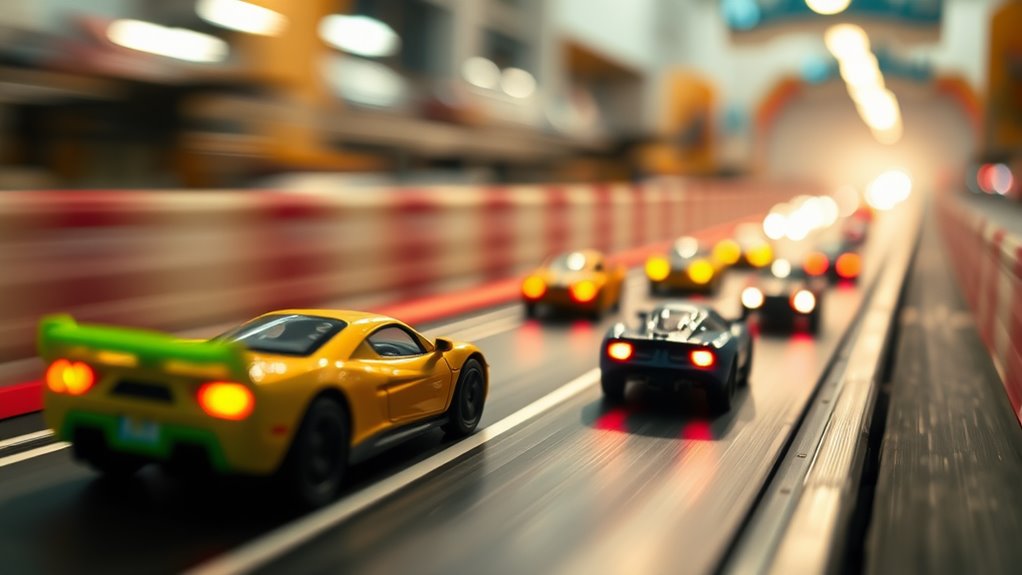
While many photographers focus on sharp images, using slow shutter speeds can open up a world of creative possibilities in toy photography. You can use slow shutter speeds to capture a sense of movement and drama. Imagine a toy car zooming across the floor; a slow shutter can create enchanting motion blur, adding a dynamic feel to your shot. Experiment with light painting, using a flashlight or LED to draw patterns around your toys during a long exposure. This technique can create magical, glowing effects that bring life and vibrancy to your toy scenes. Don't forget a tripod or stable surface to keep your camera steady. With practice, you'll master these techniques and produce stunning, imaginative toy photographs.
Fast Shutter Speeds for Crisp Toy Images
When you want to freeze a moment in time with precision, fast shutter speeds are your go-to tool in toy photography. Using a fast shutter speed, like 1/500th of a second or faster, helps you capture crisp, detailed images of your toys. This technique is especially useful for photographing toys in motion or when shooting outdoors where there might be a breeze swaying your subjects. Fast shutter speeds minimize motion blur, making your toy figures appear sharp and lifelike. It allows you to highlight intricate details, like facial expressions or textures, that might otherwise be lost. Experiment with different fast speeds to see what works best for your scene, ensuring each shot is as dynamic and vivid as your imagination.
Balancing Shutter Speed With Lighting Conditions
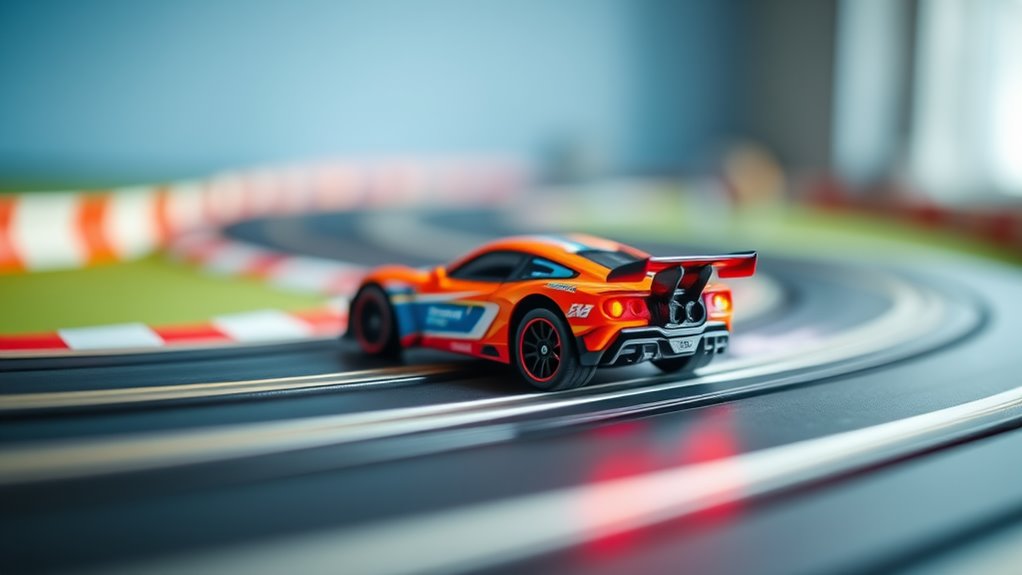
Finding the right balance between shutter speed and lighting conditions is crucial to achieving the perfect toy photograph. You'll need to adjust your settings based on the available light. Here's how you can do it:
- Bright Conditions: Use a fast shutter speed, like 1/500s, to prevent overexposure. This setting helps freeze movement and capture sharp details without letting in too much light.
- Dim Conditions: Opt for a slower shutter speed, such as 1/60s, allowing more light into the camera. Be mindful of potential motion blur, so consider using a tripod for stability.
- Mixed Lighting: Experiment with medium shutter speeds, around 1/250s. A balance here guarantees enough light while maintaining clarity.
Adjusting these settings based on lighting keeps your toy photos vibrant and precise.
Choosing the Right Shutter Speed for Different Toy Types
When photographing action figures, you'll want to use a faster shutter speed to capture motion and create dynamic shots. For miniatures, a slower shutter speed helps guarantee every tiny detail is crystal clear, highlighting the intricacy of your setup. By adjusting your shutter speed according to the toy type, you can enhance the overall impact of your photos.
Action Figures: Capturing Motion
Although toy photography can be a fun and creative pursuit, capturing motion in action figures requires a keen understanding of shutter speed. To create dynamic shots that bring your action figures to life, consider these tips:
- Fast Shutter Speeds: Use speeds like 1/500 or faster to freeze motion and capture sharp images of action-packed scenes. This is perfect for figures in mid-air or during simulated combat.
- Slow Shutter Speeds: Opt for speeds like 1/60 to 1/100 for slight motion blur, adding energy and movement. This technique is great for capturing swinging weapons or running poses.
- Experimentation: Don't hesitate to try different speeds and settings. Each action figure scene can benefit from unique adjustments to achieve the desired effect.
These guidelines can enhance your toy photography adventures!
Miniatures: Ensuring Detail Clarity
Miniature photography requires precision to capture every tiny detail. To guarantee clarity, you'll want to choose a shutter speed that eliminates any chance of blur. Start with a speed of 1/125 or faster to keep your shots crisp, especially if you're shooting handheld. If your setup includes a tripod, you can experiment with slower speeds, like 1/60, to let more light in without sacrificing detail.
Pay attention to your lighting conditions; brighter environments allow faster shutter speeds. Don't forget about your aperture and ISO settings—they play a vital role in your overall exposure. A smaller aperture (higher f-stop) increases depth of field, showcasing more detail in your miniatures. By balancing these settings, you'll achieve sharp, detailed shots that highlight the intricate craftsmanship of your miniatures.
The Impact of Shutter Speed on Toy Photography Composition
Capturing the essence of toy photography hinges on your understanding of shutter speed and its influence on composition. Shutter speed not only affects exposure but also plays an essential role in defining the mood and narrative of your shots. A fast shutter speed freezes action, emphasizing sharpness and detail, while a slower speed can introduce motion blur, adding dynamism and context.
Consider these points to enhance your compositions:
- Fast Shutter Speed: Use it to capture crisp, clear images, ideal for showcasing intricate toy details.
- Slow Shutter Speed: Introduce motion blur to convey movement, creating a sense of action or shift.
- Balanced Approach: Experiment with different speeds to find a balance that highlights both detail and artistic storytelling.
Mastering shutter speed transforms your toy photography into enthralling art.
Shutter Speed Techniques for Toy Action Shots
When it comes to toy action shots, mastering shutter speed is key to bringing your scenes to life. You'll want to capture dynamic moments with clarity and avoid motion blur. Start by using a faster shutter speed, around 1/500 to 1/1000 of a second, to freeze the action effectively. This approach is perfect for toys in motion, like a superhero mid-flight or a race car in full throttle.
To add drama, experiment with slightly slower speeds, like 1/250, to introduce a controlled blur, suggesting speed. Use a tripod to stabilize your camera, especially when working with slower speeds. Don't forget to adjust ISO and aperture to maintain proper exposure. With practice, you'll create vibrant, action-packed toy scenes that captivate viewers.
Troubleshooting Common Shutter Speed Issues in Toy Photography
While toy photography can be incredibly rewarding, it often presents challenges with shutter speed that can frustrate even seasoned photographers. To tackle these issues, you need to understand the common problems and their solutions.
- Motion Blur: If your toys appear blurry, your shutter speed might be too slow. Try increasing it to freeze any movement, especially when photographing action figures in dynamic poses.
- Underexposure: A fast shutter speed can lead to dark images. Compensate by adjusting your ISO or aperture to allow more light in, ensuring your toys are well-lit.
- Overexposure: When your photos are too bright, your shutter speed might be too slow. Decrease it or adjust the lighting setup to prevent washed-out details and maintain clarity in your shots.
Frequently Asked Questions
How Do Shutter Speeds Affect Toy Photography in Low Light Conditions?
You're wondering how shutter speeds affect toy photography in low light. Using slower speeds lets in more light but risks blur without a tripod. Faster speeds freeze motion but need better lighting or higher ISO for clear shots.
Can Shutter Speed Impact the Color Accuracy of Toy Photos?
Yes, shutter speed can impact color accuracy. Slower speeds might introduce motion blur, affecting clarity and color perception. Test different speeds to see how they alter the colors and details in your toy photos, ensuring vibrant, true-to-life results.
What Equipment Is Recommended for Varying Shutter Speeds in Toy Photography?
You'll want a camera with manual mode to control shutter speed. A sturdy tripod is essential to avoid blurriness. Consider a remote shutter release for stability, and use a light meter to guarantee proper exposure.
How Does Shutter Speed Influence the Depth of Field in Toy Images?
Imagine capturing vibrant toy scenes where every detail pops. Shutter speed won't directly affect depth of field, but it can influence exposure, allowing you to adjust aperture settings, which control how much of your scene stays in focus.
Are There Any Tips for Using Shutter Speed to Photograph Shiny Toy Surfaces?
When you're photographing shiny toy surfaces, use a faster shutter speed to reduce unwanted reflections and glare. Experiment with angles and lighting to find the best setup that highlights details without sacrificing clarity or creating distracting highlights.
At a Glance
Mastering shutter speed transforms your toy photography from simple snapshots to enchanting art. Imagine capturing a miniature car mid-jump with a fast shutter speed, highlighting every intricate detail and freezing the action. Conversely, a slow shutter speed can turn a spinning toy into a mesmerizing blur, infusing creativity into your shots. By experimenting and understanding how shutter speed interacts with light and composition, you'll elevate your toy photography to new heights, capturing magic in every frame.

